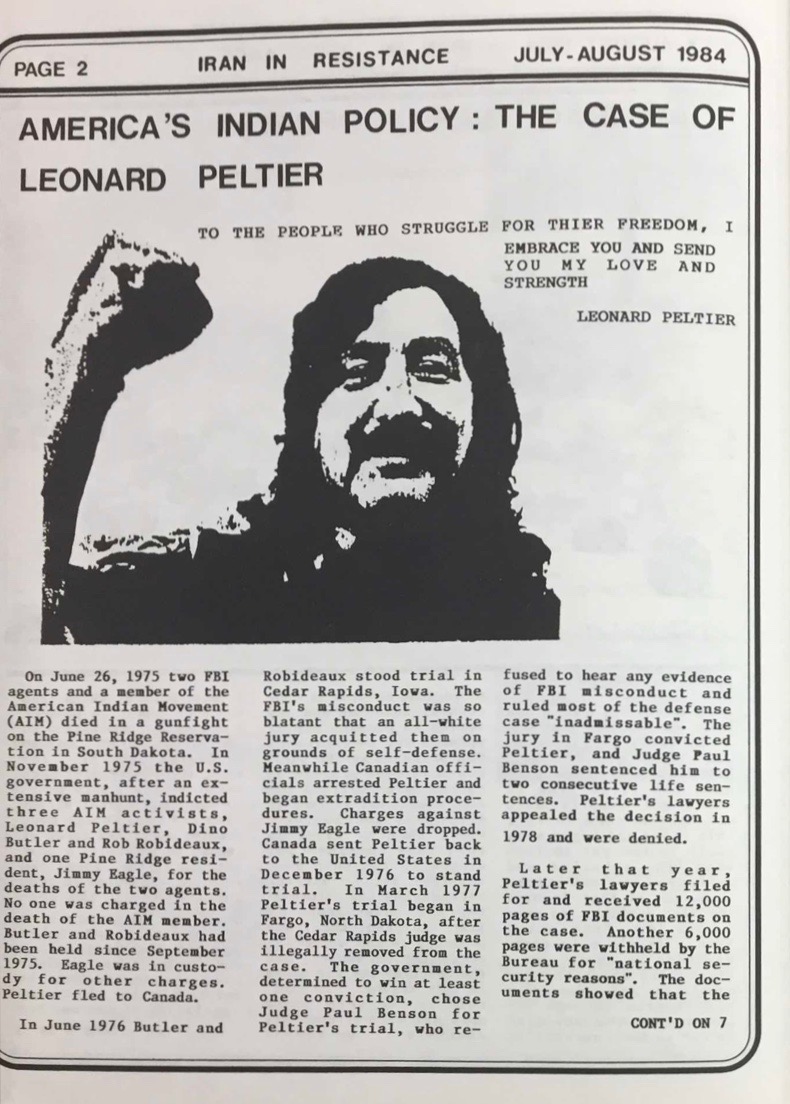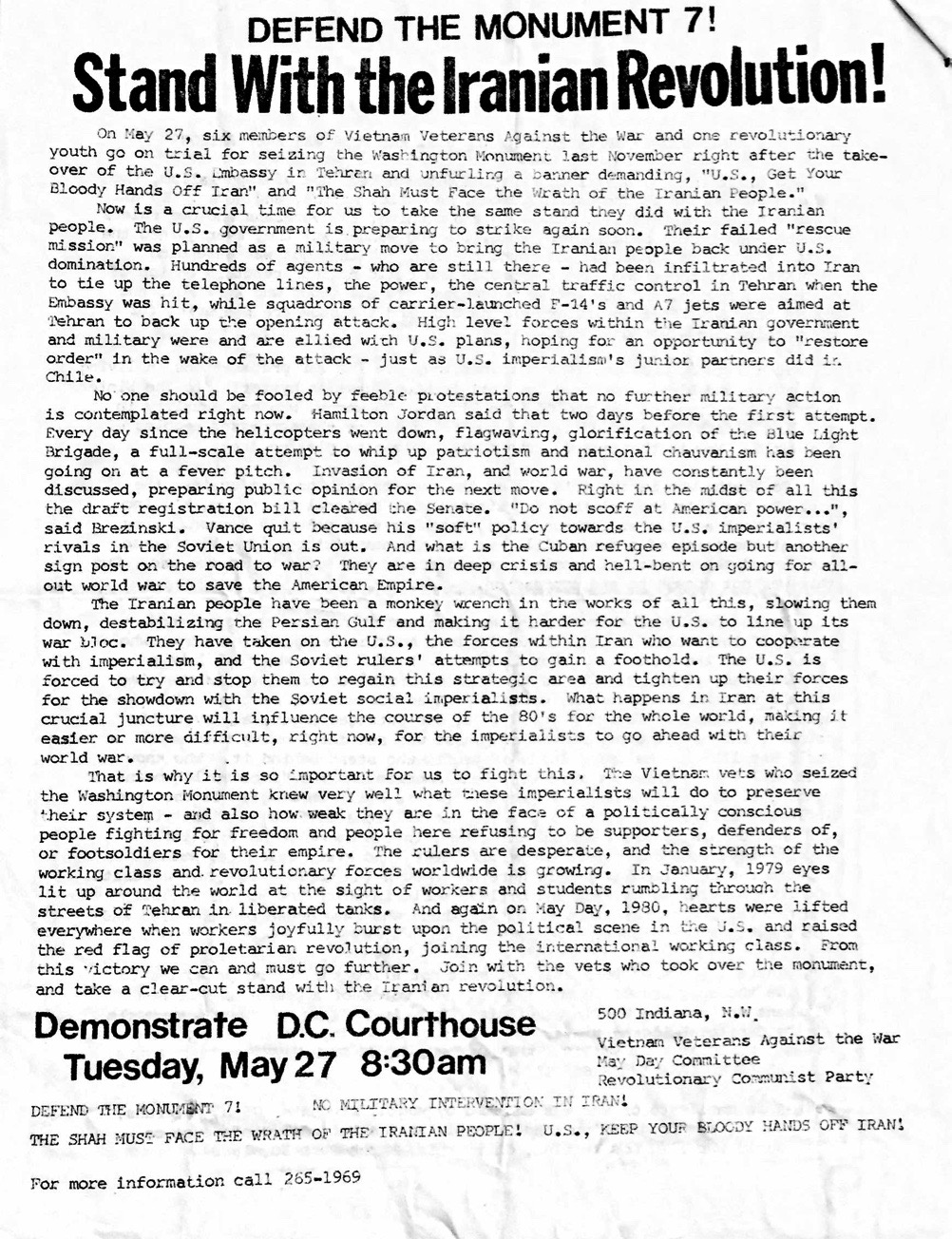
By Ida Yalzadeh
The first wave of Iranian migration to the United States happened decades before the 1979 Revolution; many came to the U.S. as student sojourners looking to receive an American education. Many also used the opportunity to protest and distribute information about the Shah’s political policies, social conditions in Iran, and the lived realities of American imperialism. It is from this engagement that expressions of resistance among Iranians in the United States expanded to encompass a diverse array of political leanings.

Tentatively titled “Solidarities and Solitude: Tracing the Iranian Diaspora in the United States,” my dissertation is a cultural history of Iranians in the United States from the Cold War era to the present. It combines oral history and analysis of community, historical, and media archives to show how Iranians in the U.S. contended with representations of their homeland constructed by the American media and nation-state. My work aims to show that Iranians offer an important lens through which to see racialization in U.S. empire as varied and an ongoing process reflecting the changing political context. Throughout their migration and settlement in the U.S., Iranians have often shifted their strategies of belonging—to Iran, to the U.S. nation-state, and to other members of the diaspora. My goal, then, is to link this long history and the attendant cycles of misrepresentation with struggles over community and cultural self-determination, and to illuminate the lived experience of Iranian American racialization.
Working at the Hoover Institution allowed me the opportunity to spend time with the writing. It not only has an extensive archive comprising materials relating to Iran and U.S.-Iran diplomacy, but it also holds collections that reflect the experiences of Iranian migrants in the U.S.—sojourners, immigrants, exiles, and refugees. The most extensive collection of diasporic materials I was able to consult was the Iran Freedom Foundation, which gave me access to documents and photographs during and after the 1979 Revolution pertaining to pro- and anti-Khomeini contingencies of Iranians in the U.S. Particularly striking were the series of photographs showcasing the many protests that took place in Washington D.C. over loyalty to the Shah or the rise of the Islamic Republic, which were accompanied by posters, resolutions, and speeches given at the events. The photographs allow me to do some intriguing close readings, as I pair them with other administrative documents in the collection to contextualize their strategies of resistance.

The James Hitselberger collection contained similar materials of Farsi-language, U.S.-published materials on resistance movements against imperialism, while the Iranian Political Opposition and Hamid Shawkat collections bring to light the means through which community organizing—particularly student organizing—was made legible in an U.S.-based context. For example, many of the newsletter and publications I consulted made connections to and built coalitions with other civil rights movements taking place in the United States during this time. One such newsletter, the Iranian Students Association’s Iran in Resistance, wrote on the connection between U.S policy toward Native Americans and U.S. intervention in the Middle East. The article ends with the capitalized statement: “Down with World Imperialism!” These motions toward solidarity of the Global South and indigenous people prove integral to my understanding of how Iranian migrants navigated the U.S. racial and national landscape.
The time I spent at the archives gave me new insights into the nuances of different student movements and exilic organizations—their aims of community building and belonging. The Hoover Institution archivists, especially Sarah Patton and Samira Bozorgi, were extremely helpful in making sure that I got through all the boxes I wanted to during my visit and pointing me toward collection I may not have considered previously. I am extremely grateful to all the archivists and staff for helping me with various aspects of my archival research experience. I look forward to taking future research trips to the Hoover.



















